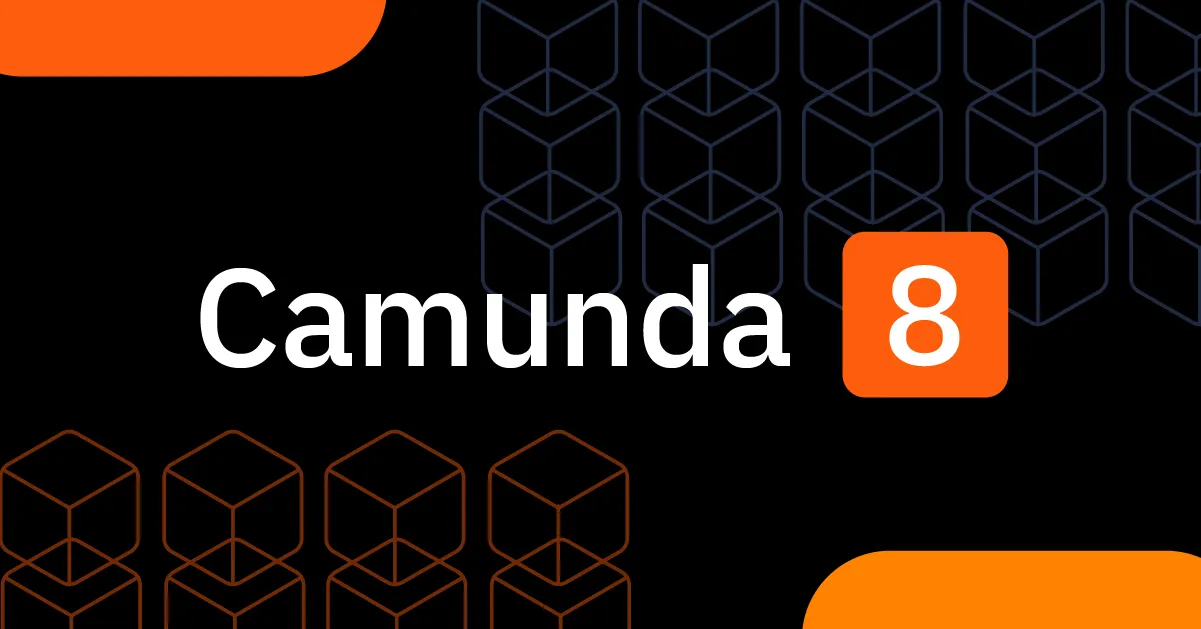Description
Introduction of Altium Designer and Interface
Altium Designer and Interface course provides a comprehensive introduction to Altium Designer, a powerful software tool used for printed circuit board (PCB) design. Participants will explore the essential features of Altium, including schematic capture, PCB layout, component management, and design validation. Through hands-on exercises, learners will develop the skills to create, simulate, and manufacture electronic circuits using Altium Designer effectively.
Prerequisites
- Basic Understanding of Electronics and Circuit Theory
- Familiarity with PCB Design Concepts (e.g., components, traces, vias)
- Experience with Any CAD or EDA Software (recommended but not required)
- Windows Operating System Knowledge (for software installation and use)
Table of Contents
1: Introduction to Altium Designer and Interface Overview
1.1 What is Altium Designer?
1.2 Navigating the User Interface
1.3 Setting Up a New Project(Ref: Optimizing PCB Designs in Altium: Best Practices)
1.4 Introduction to Workspaces and Panels
2: Schematic Capture and Design
2.1 Creating and Editing Schematics
2.2 Component Libraries: Adding and Managing Components
2.3 Wiring Components and Creating Connections
2.4 Hierarchical Design and Multi-Sheet Schematics
3: PCB Layout Design
3.1 Setting Up the PCB Workspace and Board Outline
3.2 Placing Components and Routing Traces
3.3 Using Vias, Planes, and Polygons
3.4 Design Rules and Constraints for PCB Layout
4: Simulation and Design Validation
4.1 Configuring Simulations in Altium Designer
4.2 Signal Integrity and Power Analysis
4.3 Design Rule Checks (DRC) and Error Reporting
4.4 Ensuring Manufacturability: Design for Manufacturing (DFM) Checks
5: Component Management and BOM Generation
5.1 Managing Component Libraries and Supplier Links
5.2 Creating Custom Components and Symbols
5.3 Bill of Materials (BOM) Generation and Exporting
5.4 Importing and Exporting Design Data
6: Advanced Features and Scripting
6.1 Automating Tasks with Scripts and Macros
6.2 Introduction to Design Variants(Ref: Scaling Blockchain Systems: Sidechains, Layer 2 Solutions)
6.3 Working with 3D PCB Models and Mechanical Layers
6.4 Collaboration Tools and Version Control
7: Preparing for Manufacturing
7.1 Generating Gerber Files and Assembly Drawings
7.2 Exporting Netlists for Production
7.3 Preparing Pick-and-Place Files for Fabrication
7.4 Communicating with PCB Manufacturers
8: Final Project and Review
8.1 Overview of the Final Project: Designing a Simple PCB
8.2 Step-by-Step Guidance Through the Design Process
8.3 Presentation of Final Projects and Feedback
8.4 Q&A and Wrap-Up
Conclusion
This course equips participants with the foundational knowledge and skills needed to use Altium Designer effectively for PCB design. By the end of the training, participants will be able to create and validate circuit designs, manage components, and prepare their projects for manufacturing.







Reviews
There are no reviews yet.